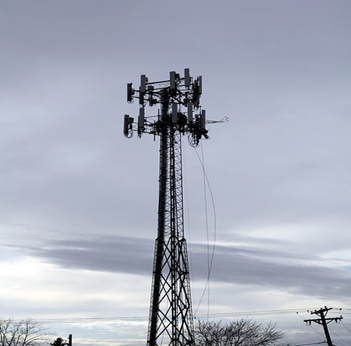Novel Solutions to Wireless Network Efficiency
Patent Status
| Country | Type | Number | Dated | Case |
| United States Of America | Issued Patent | 10,116,426 | 10/30/2018 | 2011-465 |
Images


Brief Description
Background: The demand for increase in efficiency of wireless networks is rapidly growing along with the use of smartphones and tablets. Full duplex wireless networks offer the capability of transmitting and receiving data over the same time and frequency channel, doubling the efficiency of the bandwidth. A key challenge in utilizing a full-duplex radio is that it is limited by self-interference cancellation (SIC), as there are no digital or hybrid methods that have built in mechanisms dealing with transmission noise.
Description: UCR researchers have developed a method to overcome SIC by employing a technique where the primary antenna receives or transmits data while the secondary antenna cancels interference. They have also developed a closed-loop, digitally controlled and analog interfaced method to recover a weak signal in the presence of a stronger signal. The final structure of the system is such that all interference and major noise sources have a zero or minimum net contribution to the received digital signals. Furthermore, the all-analog radios for self-interference cancellation will have a new design of cables, attenuators, and power splitters.
Advantages
- Improve speed and cost effectiveness of wireless networks
- Potential integration into a single small size unit for low power radio devices, such as smart phones
- No requirement for phase-shift
- Handles real-time tuning in the presence of unknown distortion functions
- Readily applicable for radio interference cancellation at cellular and vehicle based stations
Suggested uses
- Multiple input and output (MIMO) radios
- Wireless Communications (Smartphones, tablets)
Contact
- Venkata S. Krishnamurty
- venkata.krishnamurty@ucr.edu
- tel: View Phone Number.
Other Information
Keywords
wireless, broadband, interference, full-duplex, half-duplex, data, communications
